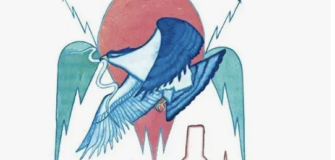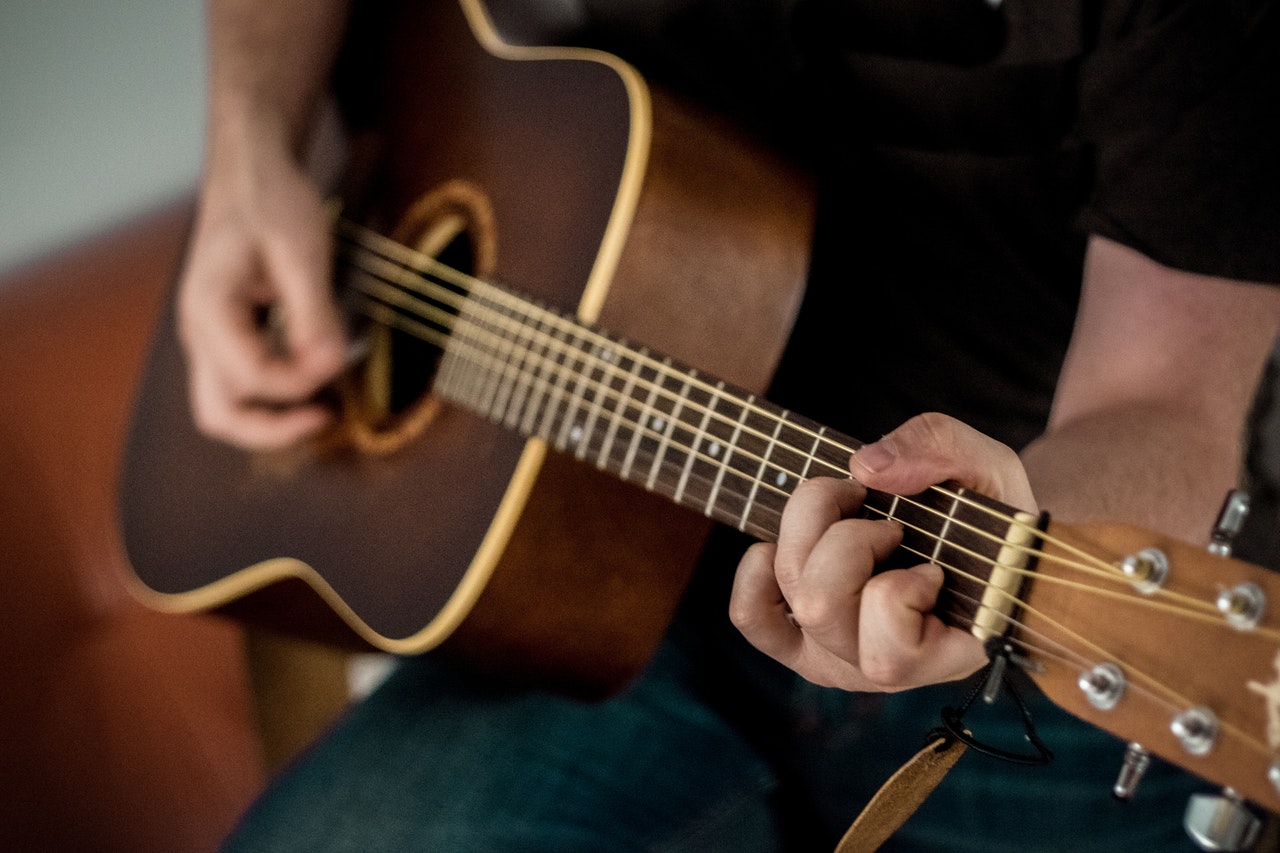Gryphon Interview Part III
Share
Man 1: I guess they must like all mahogany guitars too.
Man 2: I think they’re after the high glue, because if you look inside a Martin guitar, you’ll notice that there’s never a drop of glue showing. But if you get a mirror and look up inside the top of the guitar, you can see they didn’t clean the squeeze out along the braces because nobody can see there.
Man 1: Nobody can see it.
Man 2: So that’s where the cockroaches all go, to the high glue.
Man 1: They’re smarter than I thought.
Man 2: Yeah. There going to be here after us, buddy. [laughter]
Man 1: Yeah, I know. They will be. But gosh, I should also mention, Frank has an incredible website. I think it’s at frets.com. It’s a new theory. It has great photos and techniques for doing repairs and restoration.
Man 2: It’s my version of an online magazine/textbook, and it’s just kind of a showcase of what it is that I and we do here that, we hope, sets us apart from other music shops. I think we may be the only music shop around of which the head repair guy is also one of the founders and owners of the whole enterprise. That’s a little bit unusual. But it started out from doing that.
Man 1: Yeah. But I think, in general, you’d probably have to admit that it’s the teaching and the website as much as the doing great work for people that’s kind of taken you to the level of recognition that you have.
Man 2: Well, of course.
Man 1: The fact that you take photographs of something you’re doing and explain the whole thing… And it may be only the second or third time you’ve done it. But you photograph the whole thing and there it is, and people say, “Oh, wow. Well, maybe I could do that…” [crosstalk]
Man 2: That’s right.
Man 1: That kind of “no secrets” atmosphere.
Man 2: I’ll be real blunt about it too. It’s a promotional thing. That’s why I did the website is to put myself out there, in addition to dishing out the information that I think is a matter of giving back to the community. So it’s a double deal, there. I didn’t see the path to write a book. I still don’t. Meaning, nobody’s offered me enough money. [laughter]
It’s just the way that I thought would be the best use of what I saw the web developing into. It’s now the 12th year since I started that.
Man 1: Yeah, it’s good. I remember referring to it years ago, several years ago. I have a luthier in Santa Barbara named Jim Lombard who thinks very highly of you, and he’s gotten a lot of information off your site. I think he may have even called you up a couple times.
Man 2: He has, yeah.
Man 1: Yeah, he’s a very nice gentlemen and is a really, really great repairman. Yeah, you’re kind of his mentor in a way. He’s probably about similar to your age. For many years he was a high school math teacher and he was repairing instruments part time, and then he retired about five, six years ago. And now he’s got more work than he knows what to do with. He kind of helped out with the design, I don’t know, I think you have one in here, the Kenny Sulton model 00018.
Man 2: Oh, yeah.
Man 1: Sure. Yeah, Jim won’t tell anyone this, but Kenny basically relied on his expertise to help him design that guitar and Jim doesn’t take much credit for it. Anyway, that’s great. I wanted to ask you something too, Richard. You were one of the premier authorities on Martin guitars and a gifted writer with three books to your credit. I wanted to ask you… You most recently did sort of a rewrite or an update to Mike Longworth’s Martin Guitar’s History of which I still have a very well-worn, food stained copy on my bookshelf that I think I bought here in 1975 or ’76.
[laughter]
How is it that you came to be selected to rewrite that book, and how big an honor was that for you really to be tapped for that?
Man 3: Well, the way I got connected to it was through Jim Washburn, initially, who was under contract to write the Rodale Press book. They wanted somebody who knew how to write, so they hired him. He said, “Well that’s great, but I don’t know anything about Martin guitars.” Then he was referred to me and, although I would have done almost as much at no fee whatsoever, once he saw how much work was going to be involved he says, “Ah, hell, why don’t we just split it.” So we split the fees down the middle, and he wrote the main storyline for that book and I wrote the captions and the technical chapters and things like that.
Man 1: Oh, OK.
Man 3: So that’s what put me on the map in terms of writing about Martin guitars.









